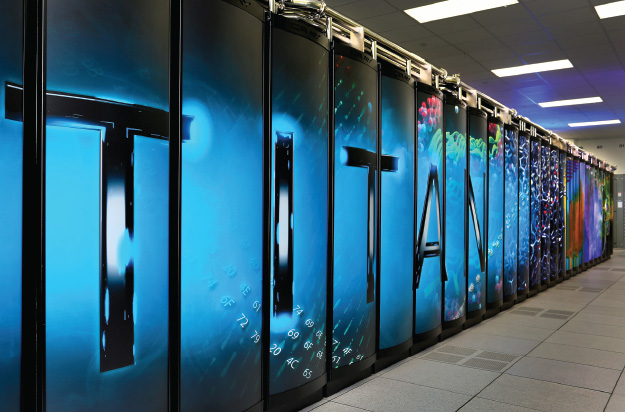Winter 2016: Energy Evolution
From carbon dioxide conversion to landfill mining, researchers at UTA are seeking viable alternative energy options.
Skip to content. Skip to main navigation.
From carbon dioxide conversion to landfill mining, researchers at UTA are seeking viable alternative energy options.
Found in everything from space shuttles to dental fillings, composite materials have thoroughly infiltrated modern society. But their potential is still greatly untapped, offering researchers ample opportunity for discovery.
Within the particle showers created at the Large Hadron Collider, answers to some of the universe’s mysteries are waiting.
Model systems like pigeons can help illuminate our own evolutionary and genomic history.
UT Arlington's tiny windmills are bringing renewable energy to a whole new scale.
The stability of our highways, pipelines, and even manholes is reaching a breaking point.
Scientists believe they have discovered a subatomic particle that is crucial to understanding the universe.
UT Arlington researchers unlock clues to the human body’s most mysterious and complex organ.
UT Arlington researchers probe the hidden world of microbes in search of renewable energy sources.
Wounded soldiers are benefiting from Robert Gatchel’s program that combines physical rehabilitation with treatment for post-traumatic stress disorder.
Tiny sensors implanted in the body show promise in combating acid reflux disease, pain and other health problems.
Nanotechnology researchers pursue hybrid silicon chips with life-saving potential.
Biomedical engineers combat diseases with procedures that are painless to patients.

Every computer needs a software update now and then, and the Titan supercomputer—which can run more than 20,000 trillion calculations per second—is no exception. A team of physicists from UTA will upgrade the Titan’s software, enabling it to support extremely data-heavy scientific applications, thanks to a $1.06 million grant from the U.S. Department of Energy.
Kaushik De, physics professor and director of the High-Energy Physics Group, says the first priority is to upgrade Titan—located in the Oak Ridge National Laboratory in Tennessee—to manage “the huge amounts of data generated by the particle and nuclear physics experiments in the Large Hadron Collider in Switzerland.” But the team hopes its upgrade can help researchers in other fields like advanced biology and materials science as well.
“Our unifying workload management system will help integrate the grid, supercomputers, and cloud computing to move toward a high-capacity global cyber-infrastructure that could transform scientific research around the world,” says Dr. De.
He hopes the system will improve the operational efficiencies of Titan and other supercomputers, perhaps leading to an approach that all computing facilities could run.